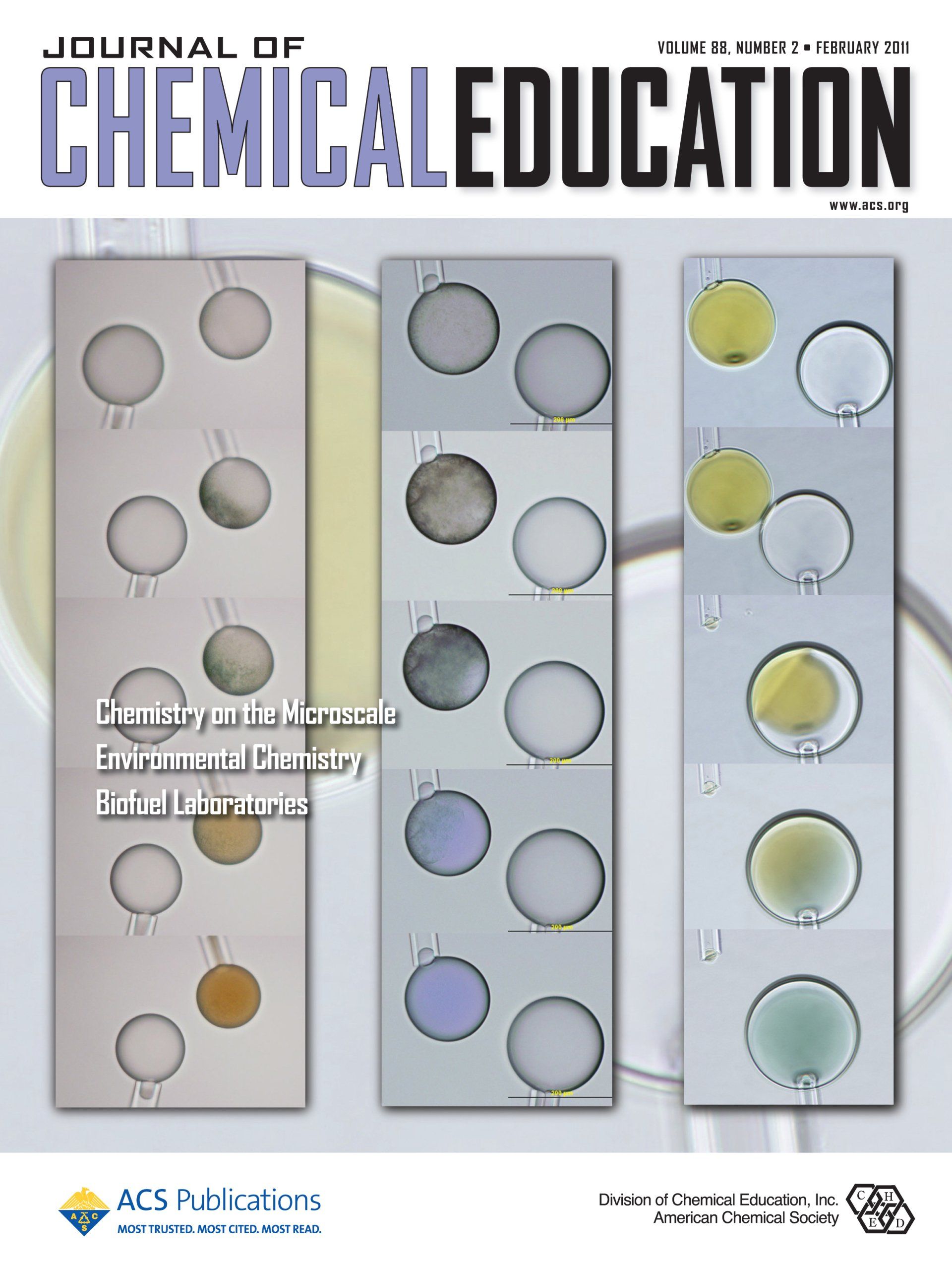Education/Visualizaton of Chemical Phenomena
In the spirit of collaborative science, Prof. Sunghee Lee (Chemistry Professor at Iona University in New York, USA) embarked on her academic career with a vision to bring an interdisciplinary approach to undergraduate education. At a Predominantly Undergraduate Institution (PUI) such as Iona, she saw a unique opportunity to weave together teaching and research, creating a rich tapestry of learning experiences for students.
Her goal was simple yet ambitious: to use research as a bridge connecting classroom theory to real-world interdisciplinary scientific practice.
In this Backstory, Sunghee and her students and recent graduates reflect on the development and experiences that shaped their journey through Project Symphony and the resulting skills they’ve learned. The symphony they’ve created together is a testament to the transformative power of collaborative undergraduate research – a melody of discovery that continues to evolve and inspire.
Droplets having a diameter in the micrometer range can have unique and interesting properties, which arise because of their small size and, especially, their high surface area-to-volume ratio. Students are generally unfamiliar with the characteristics of small droplets. However, with the increasing importance of miniaturization in chemistry and biochemistry, especially in the burgeoning field of microdroplet microfluidics, it would be beneficial for students to become aware of some of the features that differentiate chemistry on a small scale. To better acquaint students with these features, we have developed microdroplet systems that model microfluidics in a “stop-action” manner. Using a micropipet manipulation technique combined with video microscopy, chemical reactions and physical phenomena that occur in one or more individual water droplets surrounded by an immiscible liquid are visualized. The outcomes of various types of physical and chemical phenomena, including redox reactions, precipitation reaction, interfacial extraction of metals, solubility of water in oils, and crystallization can be readily illustrated. Each system is understood as a dramatic exploitation of the small size of microdroplets having a large surface area-to-volume ratio.
For more details, please visit our recent publication. (undergraduate co-authors are underlined):
- Lee, S., Gudyka, J., Skinner, M., Ceja-Vega, J., Rabadi, A., Poust, C., Scott, C., Panella, M., Andersen, E. and Said, J., Project symphony: Composing a masterpiece in a science laboratory, iScience 28, no. 2 (2025). https://www.sciencedirect.com/science/article/pii/S2589004225001464
- Giancaspro J,
Scollan P,
Rosario J,
Miller E,
Braziel S, Lee S. Structural determination of model phospholipid membranes by Raman spectroscopy: Laboratory experiment.
Biochem Mol Biol Educ.
2022; 1–12.
https://doi.org/10.1002/bmb.21603
- S. Lee, J. Wiener, Visualizing Chemical Phenomena in Microdroplets, J. Chem. Educ., 88 (2), 151-157, 2011. (Featured as Cover Art, Feb. 2011 Issue of J. Chem. Educ.) http://pubs.acs.org/doi/abs/10.1021/ed100518k
- Sunghee Lee, Building Strong Bonds: Chem. Club in the Classroom. The Chemical Educator, 14, 146-149, 2009. http://chemeducator.org/bibs/0014003/14090145sl.htm
- Sunghee Lee, Jerome S. Levkov, Motivating Students Through Career Exploration: Career Information in Science at Iona College (“CSI”). The Chemical Educator, 14, 41-44, 2009. http://chemeducator.org/bibs/0014001/14090041sl.htm




